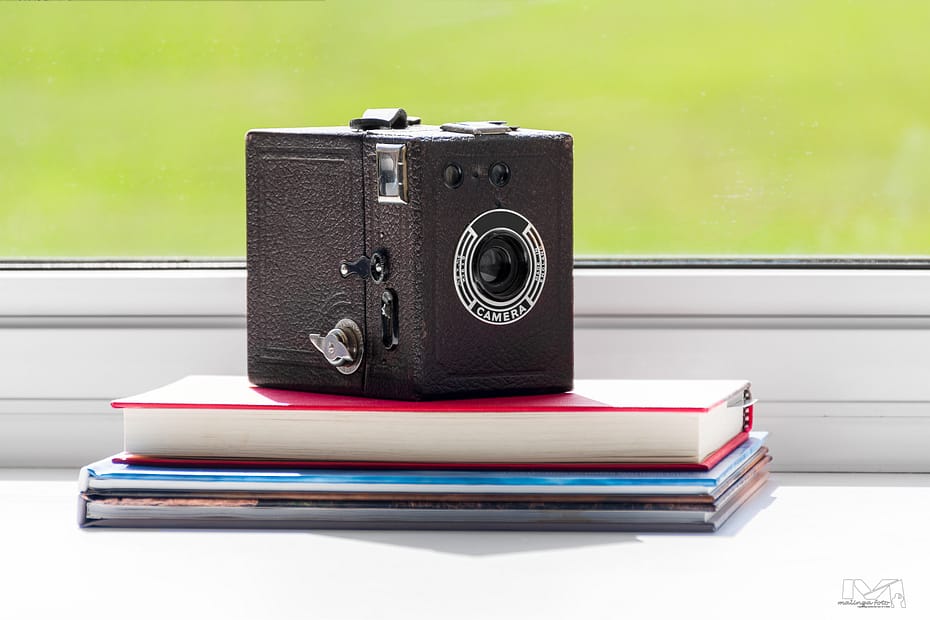Why do photographers still get under or over-exposed pictures with sophisticated cameras capable of automatically assessing and coming up with accurate exposures? The problem is not the camera but rather the need for photographers to understand camera metering and how to choose the correct metering mode. How the photographer sets the camera will determine how accurately the camera will meter the scene. Before we dive in, let’s go back to exposure basics.
Exposure Basics
The camera uses three critical variables to achieve proper exposure, together or individually. The variables are shutter speed, aperture, and ISO, collectively known as the exposure triangle. The camera aims to average the scene so the tonal range defaults to the midpoint between the black and white points. This predetermined midpoint is technically known as middle grey or 18 percent grey.
Note that in auto mode, the camera is ‘free’ to adjust any of the variables in the triangle. However, because the different variables of the exposure triangle have an artistic effect on the picture (for example, a slow shutter speed will capture motion in the image), it is recommended to use one of the semi-automatic modes based on your artistic goals.
Now, let us look at the tool the camera uses to measure light.
Light Meter
Well, inside every camera, there is a light meter. A light meter is a piece of hardware inside the camera that measures the intensity of light in the scene. With this information, the camera sets the proper exposure, or when you are shooting manually, the camera tells you if the image is underexposed or overexposed. If this is the case, shouldn’t we all be able to take correctly exposed photos all the time? Wrong. The problem with improperly exposed images is that most photographers do not understand the different camera metering modes. The accuracy of the exposure depends on the metering mode you choose, which depends on how the scene is lit. By understanding the different camera metering modes, you can pick the mode that best suits the light you are shooting in. Thereby increasing the accuracy of the light meter in your camera.

But before we understand what camera metering modes are, let’s first look deeper at what a light meter is. A light meter is a device that measures the amount or intensity of light. In the old pre-digital days, photographers could not shoot without having a handheld light meter with them as the camera did not have an internal light meter. This made light meters an essential part of any photographer’s gear. So why do we still have light meters on the market if all cameras have built-in light meters? The answer is in the different types of light meters.
Reflective Meters
There are two types of light meters: reflective and incident light meters. Both meters do the same thing; the difference is how they do it. A reflective light meter is what you have in modern-day cameras, including your cell phone camera. This meter measures the intensity of light by reading the light your subject is reflecting. Since reflective light meter measures reflected light, you do not need to be close to the subject to meter it.

pros
This is the main advantage of using a reflective light meter. It offers the convenience of taking a meter reading without being close to the subject. Take, for example, a landscape photographer trying to meter a mountain in the distance. Without a reflective meter, the photographer must physically walk to the hill to measure the amount of light falling on it. Then the photographer must return to his vantage point to take the picture. If you are a landscape photographer, you know how quickly light can change. It would be near impossible to have the same intensity of light falling on the subject by the time you return to your vantage position.
This is the problem that reflective light meters solve. From your vantage position, you point your light meter to the mountain, measure the amount of light the mountain reflects, dial in the settings, and take a picture. But, as convenient as reflective light meters are, they are prone to giving inaccurate readings.
cons
Since they work by measuring reflected light, the object’s reflectance can fool the meter into a wrong reading. Two objects with different reflectance metered in the same light by a reflective meter will yield two different measurements. For example, if you meter snow and a black object in the same light, the readings will not be identical. The high reflectance of snow will read higher, with the black object reading low. Though accurate, the exposure will be off. Since the camera aims for middle grey, it will lower the snow reading and boast the black object reading. Ultimately, it will overexpose the snow and underexpose the black object.
Incident Meters
Incident light meters solve this problem by reading the light differently. Instead of measuring reflected light, incident light meters measure the light falling on the subject you’re shooting. Incident light meters, therefore, measure the light coming from the source, while reflective light meters measure the light bouncing from the object.
To use this incident light meter, you must be next to your subject, point the meter toward the light source, and take the reading. By metering light this way, incident light meters are more accurate as the object’s reflectance does not affect the meter reading. In our example above, measuring two objects with different reflectance in the same light conditions resulted in two different meter readings. Using an incident meter in the same conditions will give you the same meter reading because the object’s reflectance does not count. For this reason, most professionals or those seeking precise light meter readings use incident meters.
Even though incident light meters have an age over reflective meters, reflective meters are the most commonly used meters. All in-camera metering is reflective. This makes reflective light meters portable and easy to use (you don’t even know that you are using one). On the other hand, incident meters can be bulky and not easy to master. Note that modern incident light meters can convert to reflective by attaching a spot viewfinder adaptor giving them the best of both worlds. Both these meters are constantly being improved, particularly reflective meters, which are becoming more sophisticated and accurate, matching the accuracy of incident light meters.
Metering Modes
One such improvement to the accuracy of reflective light meters found in cameras is metering modes. Camera manufacturers developed metering modes to help the in-camera reflective meter properly assess the light to produce a more accurate exposure reading. This is why knowing your camera’s metering modes and when to use them is imperative. The three most common metering modes are multi-segment, which is referred to by different names depending on the camera manufacturer. For example, Nikon calls it matrix, while Canon calls it evaluative. The other metering modes are center-weighted metering and spot metering.
Multi-Segment (Matrix/ Evaluative) Metering.
Most camera manufacturers set the multi-segment metering mode as the default metering method. The reason for doing this is that this mode is more like the automatic metering mode. It considers the whole scene in the viewfinder to come up with the ideal exposure. It works by dividing the viewfinder into segments ranging from as little as four to hundreds depending on the manufacturer. But regardless of the number of segments, each segment’s light intensity is measured and combined with the others to calculate the ideal exposure (middle grey).

Since this metering method evaluates the whole scene, it is the mode you go to if you are new to metering or do not know what kind of metering is ideal for the scene you are shooting.
It is also ideal for tricky metering situations, such as backlit subjects. A case like this can fool other metering modes into overexposing or underexposing the image, depending on the partial point from which the reading is taken. The whole scene’s tonal range, shadows, and highlights are considered with multi-segment metering. The intelligence of multi-segment metering makes it a go-to metering mode.
Center-Weighted Metering
If the multi-segment metering mode is an intelligent metering system, then center weighted is the ‘dumb’ metering mode. This metering mode emphasizes the center of the frame and averages out the rest of the image.

The problem with this system is that it is easily fooled. Even though the emphasis is placed in the middle of the frame, the averaging out of the brightness in the other areas of the frame can skew the exposure. For instance, if your subject is in shadow against a bright background, the camera may end up underexposing the image. The off-center composition also challenges center-weighted metering as exposure emphasis will be placed away from the subject.
Spot Metering
The most advanced metering mode is the spot metering system. This is the metering mode used by professionals and those seeking precise meter readings. Unlike multi-segment, which averages the whole frame, or center-weighted metering, which puts more emphasis on the center and averages the rest, spot metering only meters a specific point of the frame to produce the correct exposure.

Because this metering system works with a specific spot, it is best left to more advanced photographers. As indicated before, metering is about the camera trying to find the correct exposure, which is 18 percent grey. To use this mode, therefore, one must know which area of the frame represents middle grey. Once you determine this point in the scene, you aim the camera’s metering point at that area. Metering on an area that is not middle grey will result in an image that is not exposed correctly.
Final Thought
Photography is a subjective art form. As such, the final decision on what mode to use will be based on your artistic vision. It is also important to remember that if you are shooting in raw format, you can tweak your image in post-production software such as Lightroom. So, if you miss your exposure by a stop or two, you can rectify it in post-production. The most important thing to remember is that we are now in a digital era where you can instantly examine your image and tweak your exposure on the fly.
- Adobe Firefly: Artificial Intelligence Revolution - April 4, 2023
- Why Lumina Neo Is Worth Buying - June 20, 2022
- Galaxy S22 Ultra: Camera Phone for Photographers - April 13, 2022

